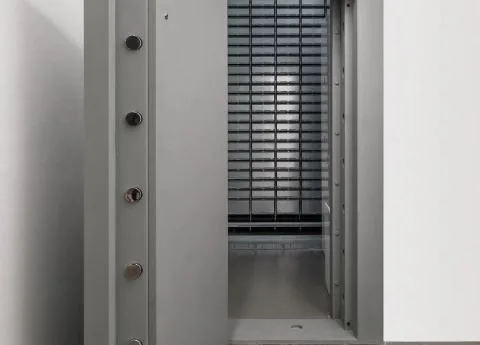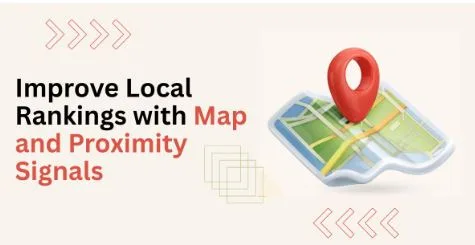The Real Cost of Hiring the Wrong Candidate
Introduction
Hiring mistakes happen. But they don’t just sting—they bite, hard. Whether it’s a mismatch of skills, culture clash, or worse, a dishonest resume, one wrong hire can cost more than just money. It affects your team’s energy, your project timelines, and your bottom line. In this article, we’ll explore the tangible and intangible costs of hiring the wrong person and how to avoid falling into the same trap twice.
The Real Price Tag: Financial Costs of Bad Hires
It’s Not Just the Salary
Replacing a bad hire isn’t cheap. Center for American Progress reports that the cost of replacing an employee averages 21.4% of their annual salary. And that’s just the base cost.
But it can get worse. According to Equitable Growth, average turnover costs across 31 studies hit a median of 23.5%, with industries like health services seeing costs around 32.7%.
Let’s look at specialized roles. The U.S. Department of Labor estimates a bad hire can cost up to 30% of first-year earnings. For senior or executive roles, SHRM suggests the replacement cost can soar to 200% of annual salary.
One Bad Hire = $50,000+ Loss
In a study cited by Morgan Latif, 27% of U.S. companies lost over $50,000 due to a single bad hire. Meanwhile, CareerBuilder data shared via Collavion showed 74% of employers admitted to making a wrong hire, and 25% lost more than $50,000.
Productivity Pitfalls
A bad hire doesn’t just sit at their desk doing subpar work. They often slow others down. Projects get delayed. Meetings go off-track. Team members spend more time fixing mistakes than making progress.
Worse still, when management has to focus on micromanaging or replacing that employee, other responsibilities get sidelined. Productivity nosedives.
The Morale Killer
One underperformer can poison the well. When someone doesn’t pull their weight or creates friction, morale suffers. High performers might leave. New hires might question their choice.
Think about it. If someone constantly misses deadlines, spreads negativity, or clashes with others, the entire team dynamic can implode.
Red Flags During the Hiring Process
Dishonesty
Resume padding is real. According to this survey from Kelly Services, job search honesty issues are more common than you think.
When candidates misrepresent themselves, it leads to bad fits. This is where background checks and references become non-negotiable.
Rushed Interviews
Ever hired someone because you were desperate to fill the role? That urgency often backfires. Rushed interviews mean red flags get missed and gut feelings override solid vetting processes.
How to Avoid the Trap: Hiring Best Practices
Use Structured Interviews
Ditch the “go with the flow” method. Instead, build a set of consistent, targeted questions for every role.
Run Background Checks
They’re not just a formality. They’re your safety net against dishonesty, inflated resumes, or worse.
Incorporate Skills Testing
Put them to the test—literally. Whether it’s a coding challenge, writing prompt, or role-play scenario, see them in action.
Make Use of Temporary Staffing Flexibility
Want to try before you commit? Leverage temporary staffing flexibility to vet talent on the job.
Refine Your Job Postings
Clear, accurate job ads help filter out bad fits. Need a boost? Here are some handy job application tips to attract the right candidates.
Conclusion
A single bad hire can drain your budget, derail your team, and drag morale into the mud. But it doesn’t have to. With a smarter hiring process, from background checks to temporary trials, you can make better decisions that benefit everyone.
Take your time. Ask the right questions. And trust the process.
Hiring isn’t just filling a seat. It’s building your future.




